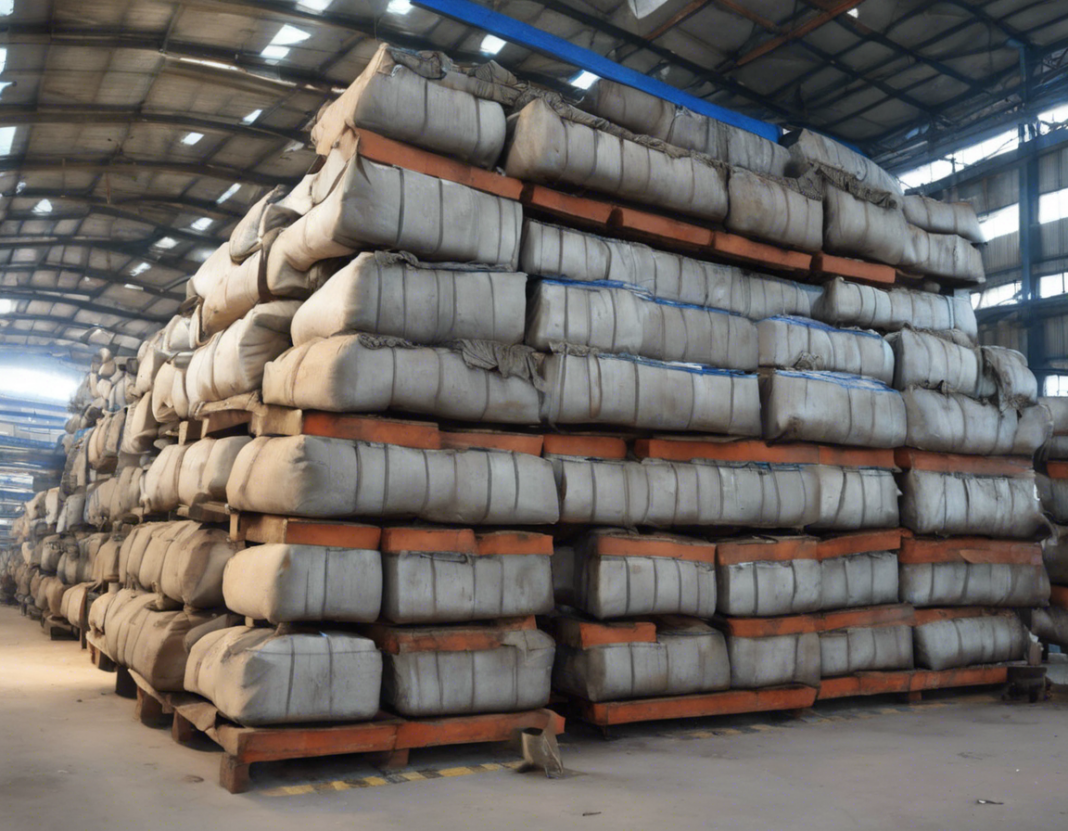Introduction
Praj Industries Limited is a leading bio-based tech company headquartered in India. For investors, analyzing share price trends can provide valuable insights into the company’s performance and potential future growth. In this article, we will delve into the various factors that influence Praj Industries’ share price movements and how investors can interpret these trends to make informed decisions.
Understanding Share Price Trends
Share price trends reflect the overall sentiment of market participants towards a particular company. For Praj Industries, several key factors can impact its share price movements:
1. Industry Trends:
The bio-based tech industry is constantly evolving with advancements in technology, regulations, and market demand. Positive industry trends, such as an increasing focus on sustainability and renewable energy sources, can drive up Praj Industries’ share price.
2. Financial Performance:
Praj Industries’ financial performance plays a crucial role in determining its share price trends. Investors often look at factors such as revenue growth, profit margins, and earnings per share to assess the company’s financial health.
3. Market Sentiment:
Market sentiment, driven by factors like news, economic indicators, and geopolitical events, can significantly impact share prices. Positive news related to Praj Industries, such as new project wins or technological innovations, can boost investor confidence and drive share prices up.
4. Competition:
Competitive dynamics within the bio-based tech industry can also influence Praj Industries’ share price trends. Investors monitor the company’s position relative to its competitors, market share, and innovation capabilities to gauge its long-term growth potential.
Analyzing Share Price Charts
Technical analysis can provide valuable insights into share price trends by analyzing historical price movements and volume data. Investors can use technical indicators such as moving averages, relative strength index (RSI), and MACD to identify key support and resistance levels, trend reversals, and potential buy or sell signals.
Fundamental analysis involves evaluating Praj Industries’ financial statements, management team, competitive positioning, and growth prospects to assess its intrinsic value. By comparing key metrics such as price-to-earnings (P/E) ratio, price-to-sales (P/S) ratio, and return on equity (ROE) with industry peers, investors can determine whether the stock is undervalued or overvalued.
Factors Influencing Share Price Volatility
1. Economic Conditions:
Macroeconomic factors such as GDP growth, inflation, interest rates, and currency fluctuations can impact Praj Industries’ share price volatility. Uncertain economic conditions may lead to increased market turbulence and volatility.
2. Regulatory Environment:
Changes in government policies, regulations, and environmental standards can affect Praj Industries’ business operations and growth prospects, leading to share price volatility. Investors closely monitor regulatory developments for potential risks and opportunities.
3. Global Events:
Geopolitical events, natural disasters, and global market shocks can trigger sudden fluctuations in share prices. Investors should stay informed about global developments and their potential impact on Praj Industries’ operations and financial performance.
FAQs
-
Q: What factors should investors consider when analyzing Praj Industries’ share price trends?
A: Investors should consider industry trends, financial performance, market sentiment, and competition to analyze Praj Industries’ share price movements effectively. -
Q: How can technical analysis help investors interpret share price trends?
A: Technical analysis uses historical price data and indicators to identify key support and resistance levels, trend reversals, and potential buy or sell signals for Praj Industries’ stock. -
Q: What is fundamental analysis, and why is it important for evaluating share prices?
A: Fundamental analysis involves assessing Praj Industries’ financial statements, growth prospects, and competitive positioning to determine its intrinsic value and long-term investment potential. -
Q: How do economic conditions impact share price volatility for Praj Industries?
A: Macroeconomic factors such as GDP growth, inflation, interest rates, and currency fluctuations can influence Praj Industries’ share price volatility based on prevailing economic conditions. -
Q: What role do regulatory changes play in influencing Praj Industries’ share price movements?
A: Regulatory changes related to government policies, environmental standards, and industry regulations can impact Praj Industries’ business operations and growth trajectory, leading to share price volatility.
In conclusion, understanding the various factors that influence Praj Industries’ share price trends and utilizing technical and fundamental analysis can help investors make informed decisions about buying, holding, or selling the company’s stock. By staying abreast of industry developments, market dynamics, and global events, investors can navigate share price volatility effectively and optimize their investment strategies.

